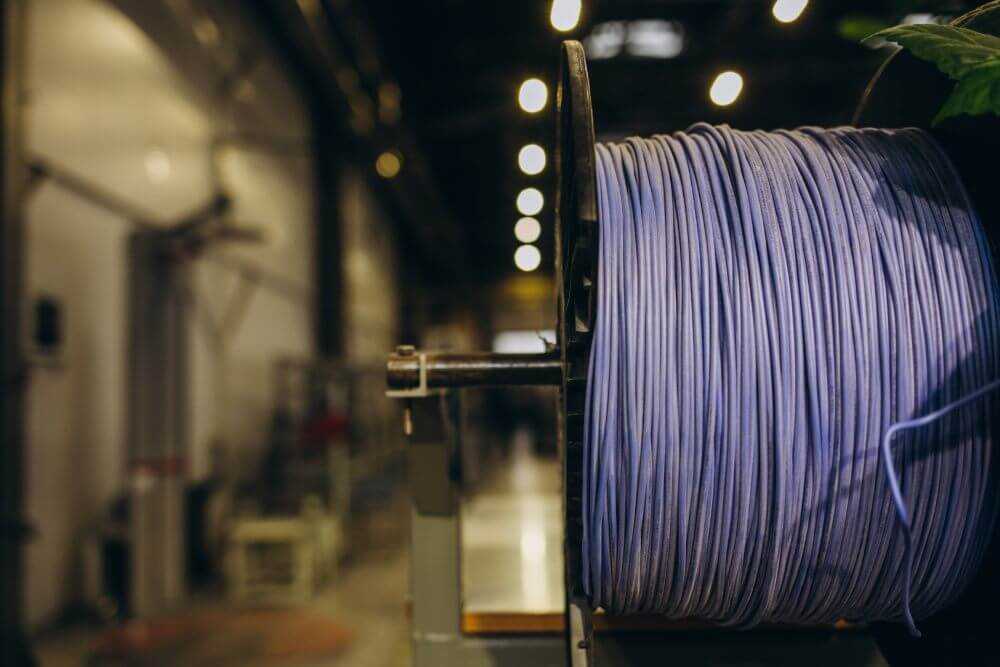PLCs are essential elements in industrial process automation. They function based on instructions stored in a memory module that contains programmed commands and data. The system receives input from sensors and executes logical operations on the data to generate the desired output.
Let's investigate further.
PLC Programming and Setup
As with any other device, PLCs need instructions on how to perform. They are usually given via programming devices or software and are downloaded into the PLC RAM or memory. PLC runs on various programming languages (Instruction List, Structured Text, Function Block Diagram and others) but Ladder Logic is the most used one, being quite easy to read and program.
Essential Elements of a PLC System
- Central processing unit (CPU) giving instructions to the PLC on how to function. It contains the memory of the computer and stores all the data needed for diagnostics and operation of different machines. The CPU can communicate with other devices and PLC systems.
- Input/Output modules that pipe the necessary information to the CPU and communicate tasks repeatedly. These could be digital or analog devices. Examples of input devices are sensors or switches, and for output devices – lights, valves or others.
PLC Functioning
After writing the program and setting the input/output modules, the PLC processes the information, performs the given instructions and brings the final output. Once inputs and outputs are defined, the PLC works in a repeating mode. The process includes steps during which input scanning is conducted, then the program created by the user is run, followed by output scanning communicating with other devices and performing diagnostics.







